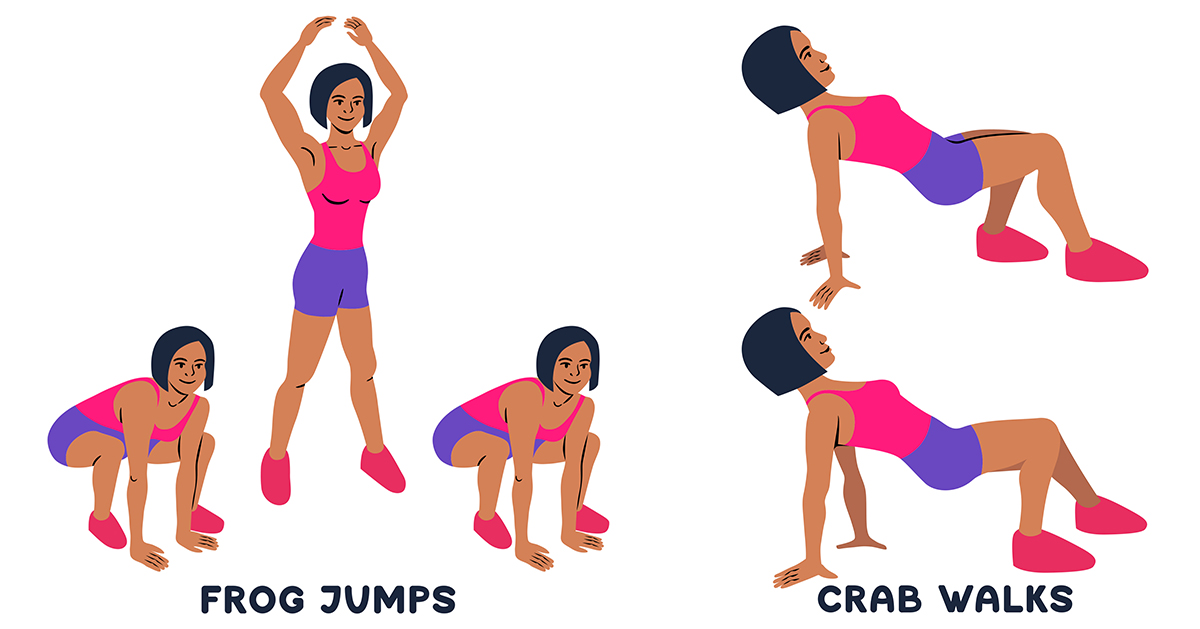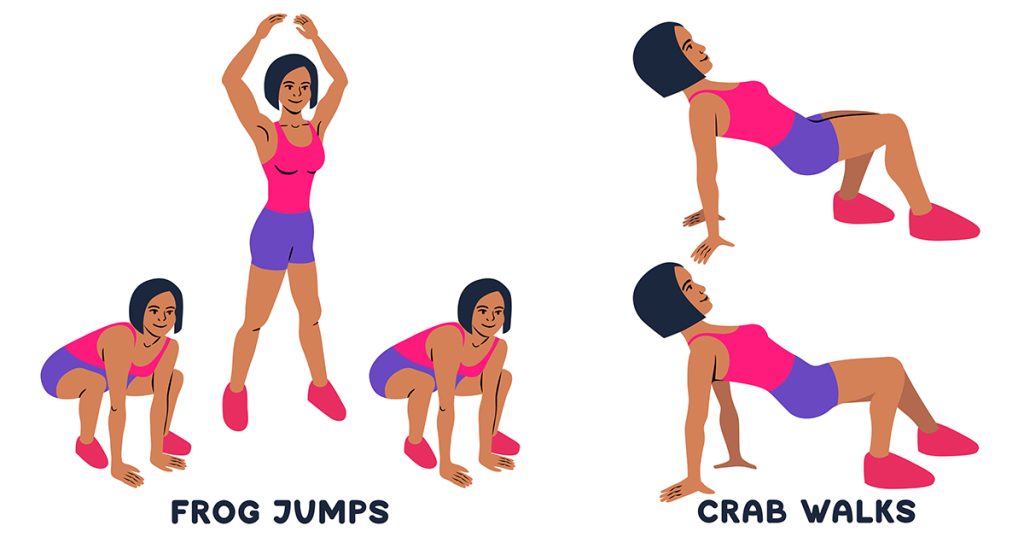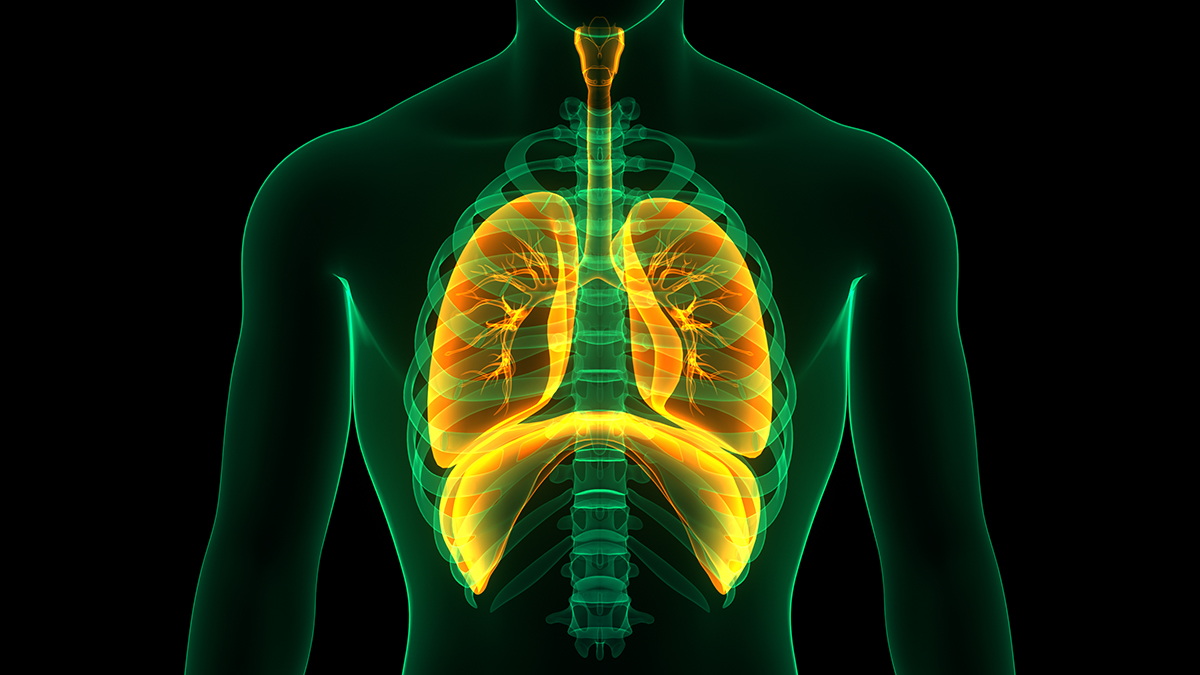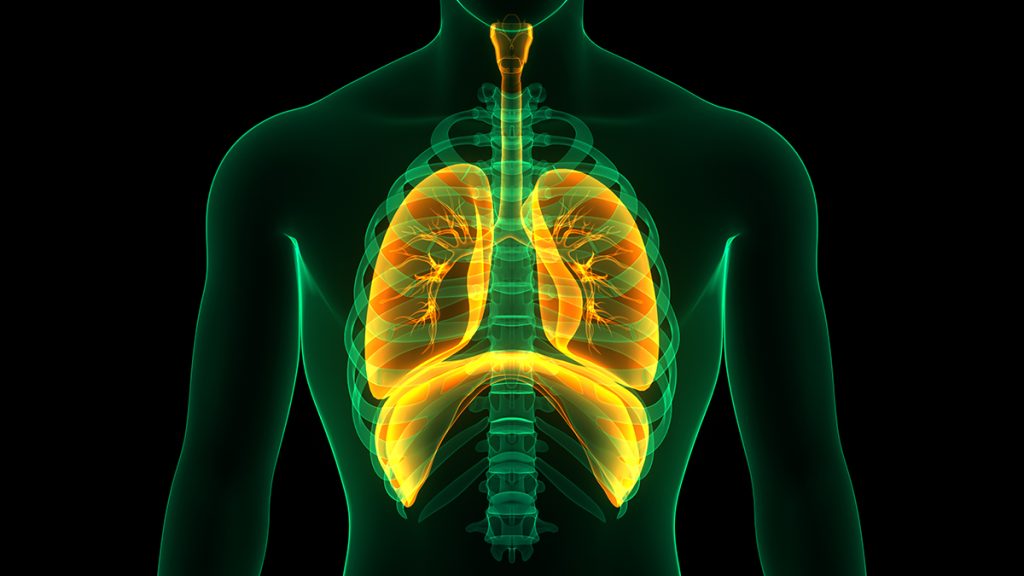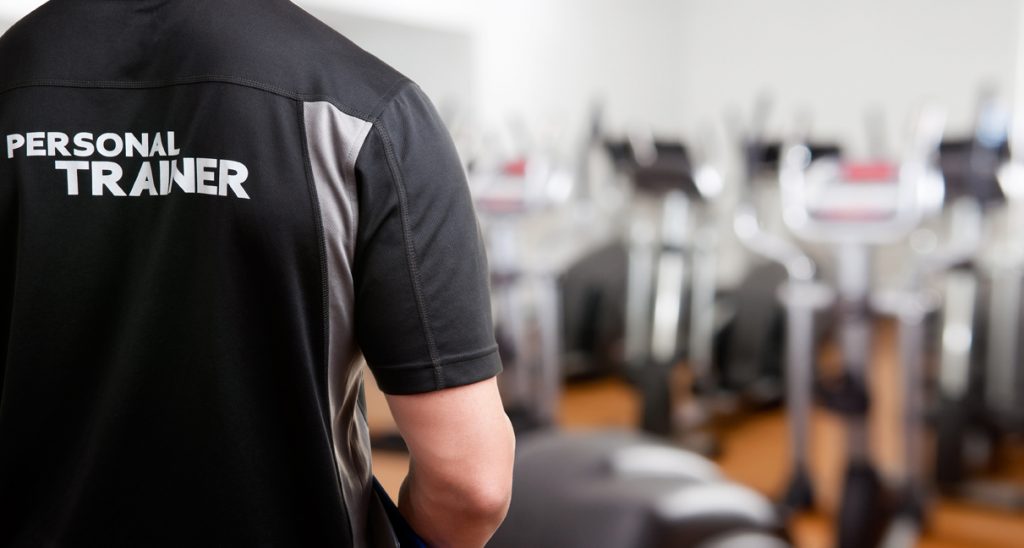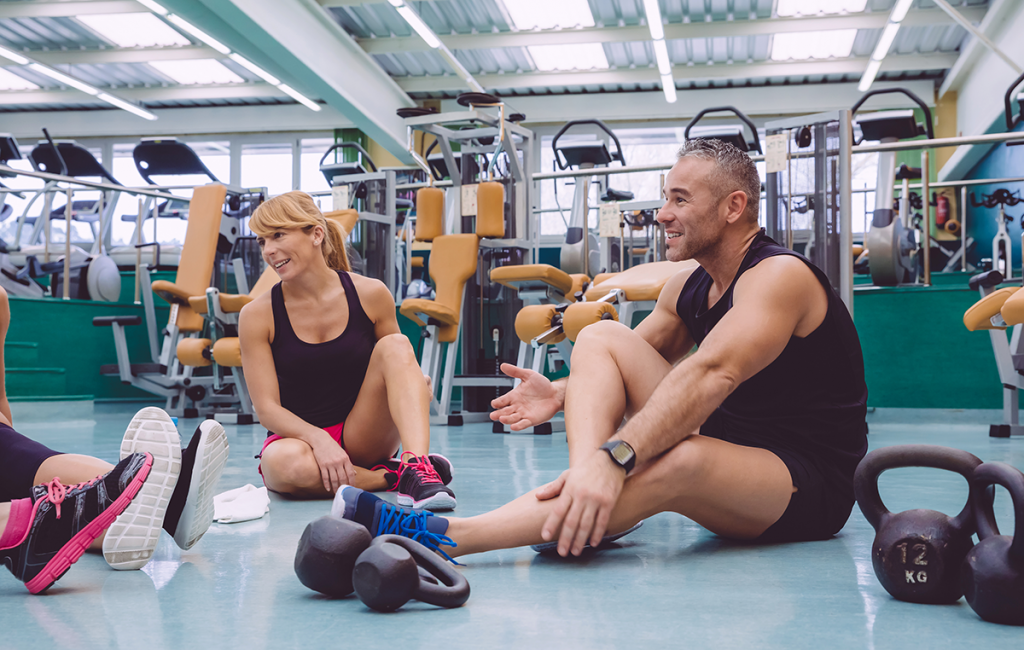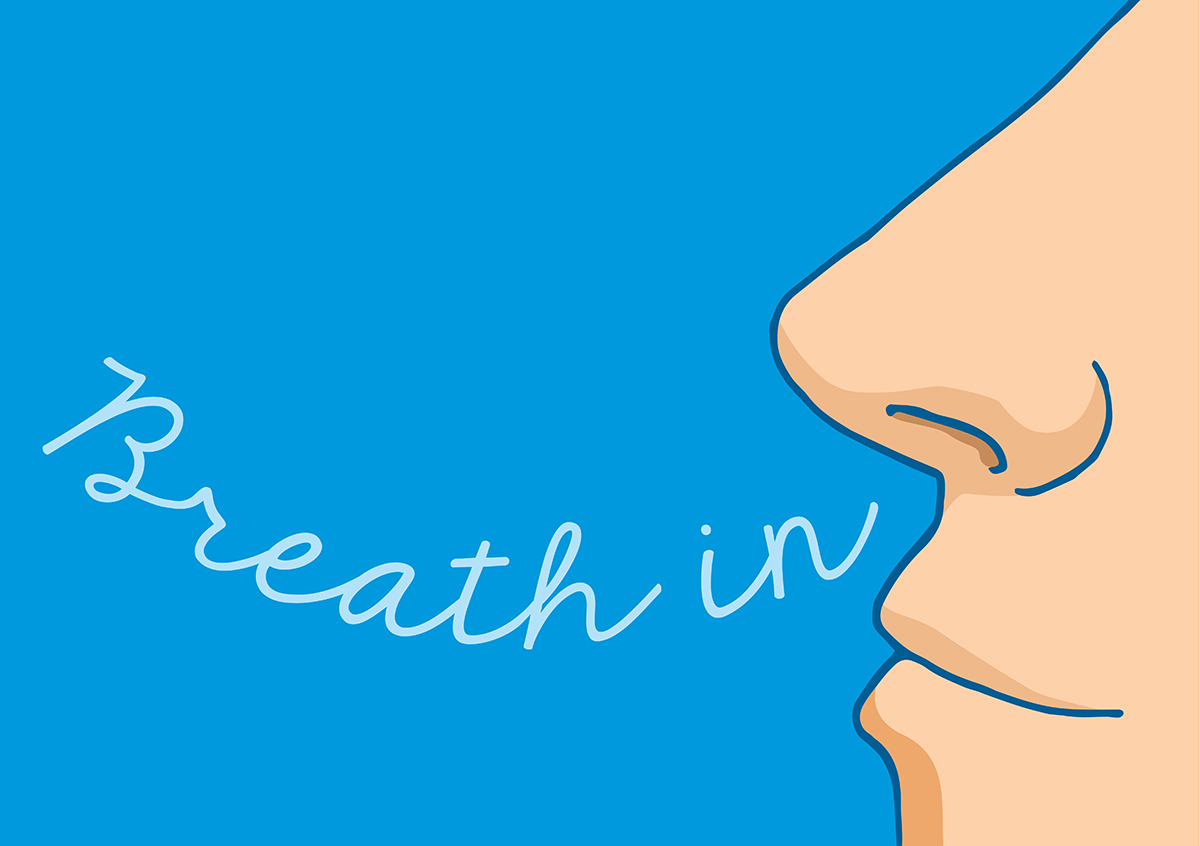Intermittent Fasting for Health
Intermittent fasting is a type of diet that has been growing in popularity in recent years due to its potential health benefits and effectiveness for weight loss. This dietary approach involves alternating periods of eating with periods of fasting usually for a set number of hours each day the idea behind intermittent fasting is to limit caloric intake and trigger the body’s natural fat-burning mechanisms.
One of the most well-known benefits of intermittent fasting is weight loss. When we fast, our body switch from using glucose as fuel to using stored fat this metabolic state, known as ketosis helps the body burn fat more efficiently, leading to weight loss. In addition, intermittent fasting has been shown to increase insulin sensitivity, which is a key factor in controlling body weight and preventing type 2 diabetes.
Intermittent fasting has also been linked to improved heart health. studies have shown that this type of diet can lower blood pressure reduce bad cholesterol levels and improve cardiovascular function. Furthermore, it has been shown to reduce inflammation and oxidative stress which are both associated with an increased risk of heart disease.

Intermittent fasting has also been shown to have a positive impact on brain health. Research has found this type of diet can increase the production of brain-derived neurotrophic factor (BDNF) which is a protein that plays a critical role in growth of in survival of brain cells. This increase in BDNF may help improve cognitive function, reduce the risks of neurodegenerative diseases, and potentially even extend lifespan.
In addition, intermittent fasting has been found to have a positive impact on gut health. This type of diet has shown to promote the growth of beneficial bacteria and reduce the growth of harmful bacteria in the gut leading to improved digestion immune function and mental health.
Is important to note that not everyone is a good candidate for intermittent fasting. People with a history of eating disorders low blood sugar, or other health conditions should consult with a health care professional before starting this type of diet. Additionally, it is important to listen to your body and adjust the fasting period based upon your own needs and tolerance.
In conclusion, intermittent fasting is a dietary approach that has a range of health benefits including weight loss, improved insulin sensitivity, improved heart health, improved brain health, and improve gut health while. While it may not be suitable for everyone, for those who can adapt it, intermittent fasting can be an effective tool for improving overall health and reducing the risk of certain diseases. It is important to speak with a healthcare professional and listen to your body and starting an intermittent fasting diet to ensure that it is safe and effective for you.
Reprinted with permission from author.
Mike Rickett MS, CSCS*D, CSPS*D, RCPT*E is a nationally recognized health and fitness trainer of the trainers, fitness motivator, author, certifier, educator, and the 2017 NSCA Personal Trainer of the Year. He has been a fitness trainer for more than 35 years. He directs the personal training site, ApplicationInMotion.com. In addition, he also directs BetterHealthBreathing.com, a conscious breathing educational program focusing on the diaphragmatic technique to enhance overall wellness.


